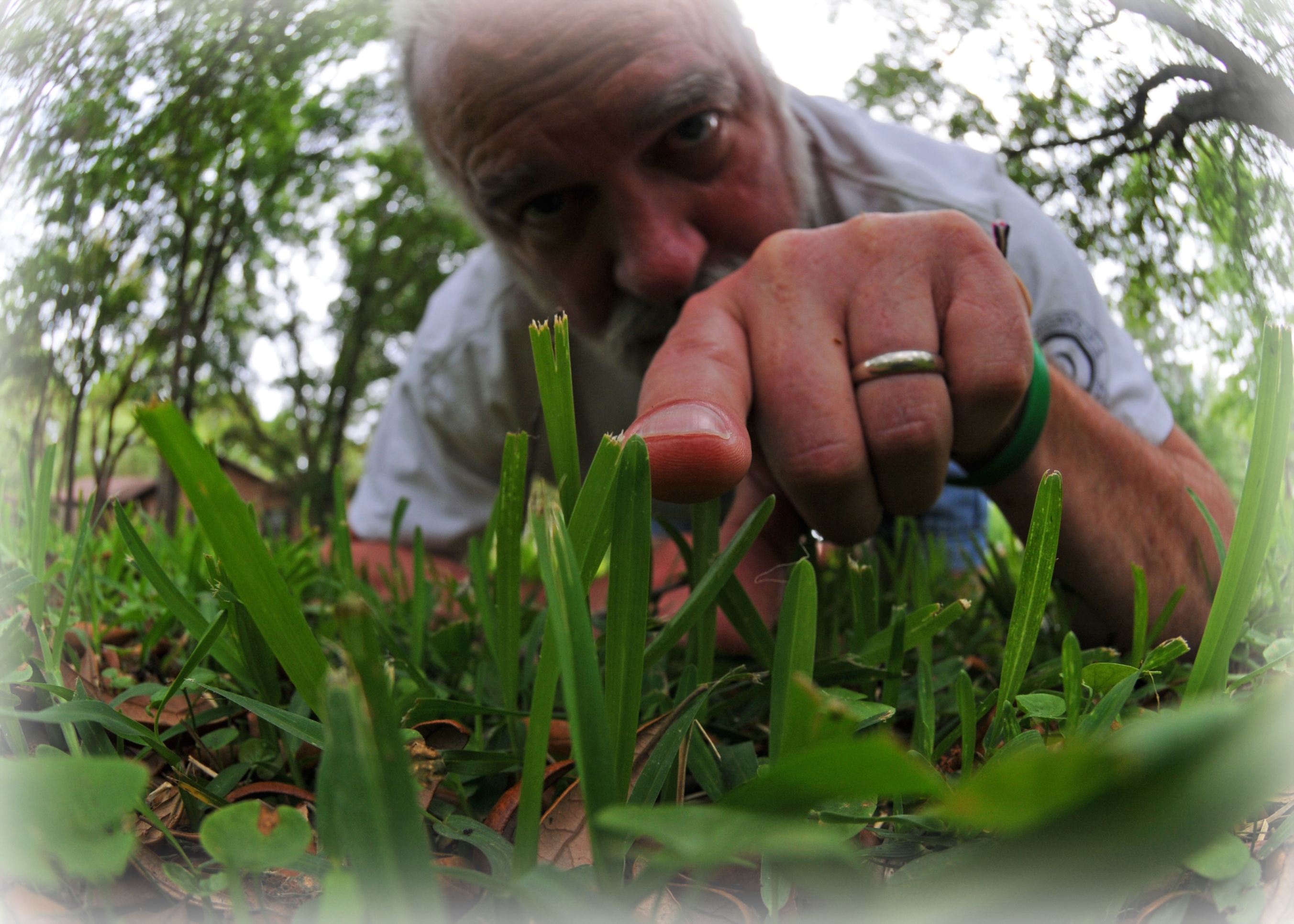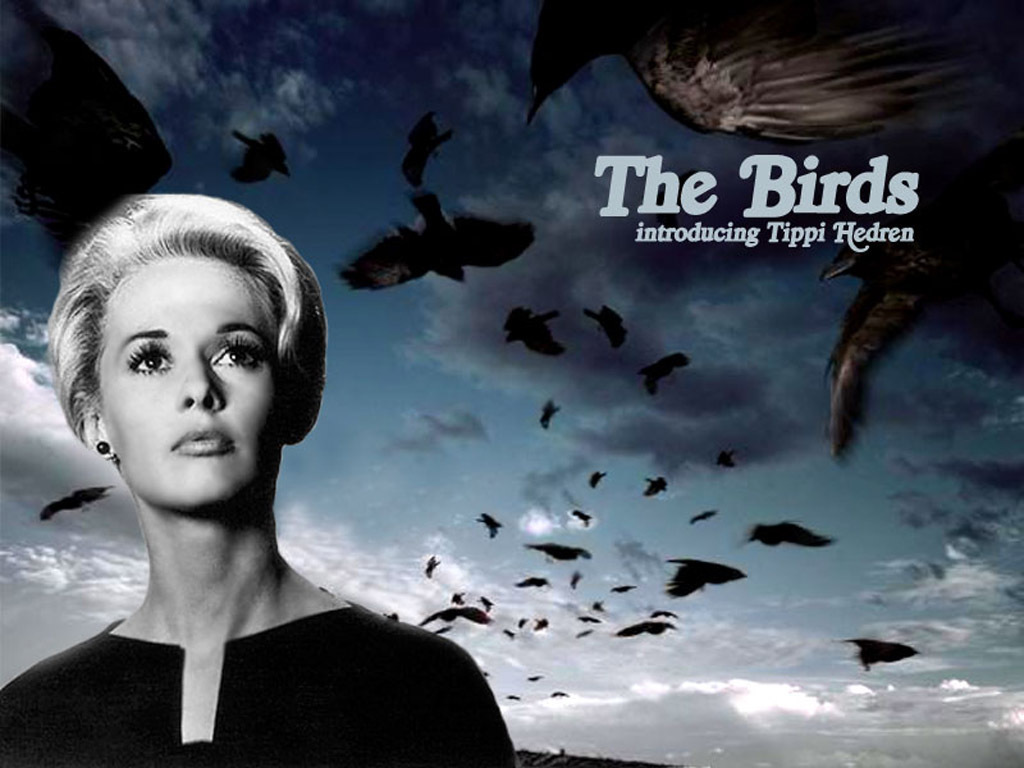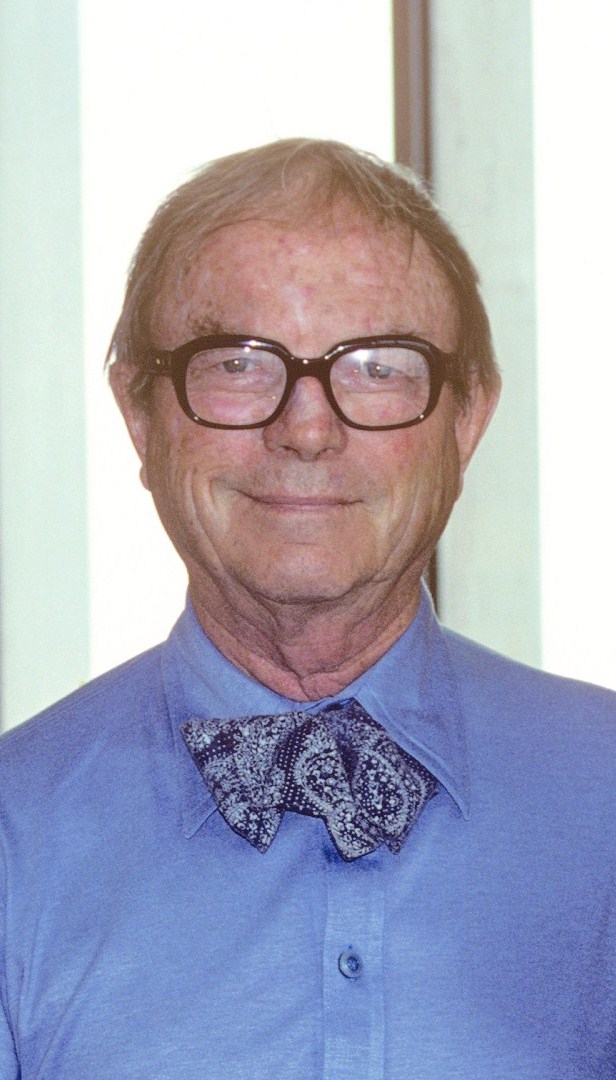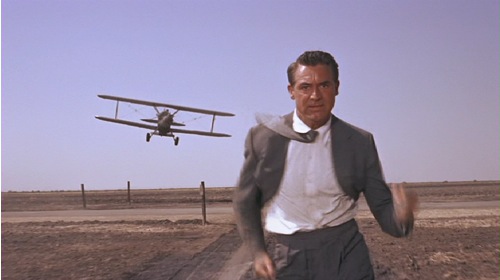Create your free online surveys with SurveyMonkey, the world's leading questionnaire tool.
Friday 14 December 2012
Tuesday 11 December 2012
Different Types of Thrillers
There are a lot of different types of thrillers in the film industry and here are some examples:
Psychological Thrillers
Conspiracy Thriller:
The Constant Gardener (2005)
The Bourne Ultimatum (2007)
Conspiracy Theory (1997)
The Adjustment Bureau (2011)
Political Thrillers:
The Conversation (1974)
JFK (1991)
The Man Who Knew Too Much (1956)
All The Presidents Men (1976)
Spy Thrillers:
James Bond (1952 - present)
The Departed (2006)
xXx (2002)
Psychological Thrillers
The Butterfly Effect (2004)
Inception (2010)
Shutter Island (2010)
Legal Thrillers:
Young Mr Lincoln (1939)
The Rainmaker (1997)
Amistad (1997)
Presumed Innocent (1990)
Conspiracy Thriller:
The Constant Gardener (2005)
The Bourne Ultimatum (2007)
Conspiracy Theory (1997)
The Adjustment Bureau (2011)
Political Thrillers:
The Conversation (1974)
JFK (1991)
The Man Who Knew Too Much (1956)
All The Presidents Men (1976)
Spy Thrillers:
James Bond (1952 - present)
The Departed (2006)
xXx (2002)
Monday 10 December 2012
Road Runner - Chuck Jones
Chuck Jones is a famous animator that worked for Warner Brother for decades, he is well known for making short movies that incuded Bugs Bunny, Daffy Duck and other distinguished Warner Brothers characters. He was also the mind behind the well known Road Runner and the elaborate set of rules that Road Runner cartoons must follow.
These were the rules:
-The Coyote could stop anytime - if he were not a fanatic.
- No dialogue ever, except 'MEEP! MEEP!'
-The Road Runner must stay on the road - otherwise, logically, he would not be called the Road Runner.
- All action must be confined to the natural environment of the two characters - The Southwest American desert.
- All materials, tools, weapons, or mechanical conveniences must be obtained from Acme Corporation.
- Whenever possible, make gravity the Coyote's greatest enemy.
- The Coyote is always more humiliated than harmed by his failures.
Monday 3 December 2012
Camera Angles
Birds Eye

Birds Eye shots are usually used as an establishing shot in a film to start off the scene. This gives the audience a good perspective of where the characters and where the next sequence is taking place.
Worms Eye

Worms eye shot types are shots taken from ground level. This is to give the viewer the impression that they are looking up at the subject and making them feel tiny and insignificant.
High Angle

High camera angles are made to make the viewer feel as though they are in a position of power over the subject and that they are dominant.
Low Angle

Low camera angles are made to make the viewer feel as though they are in a position of weakness and vulnerability. This shot type is used a lot in thrillers as in many cases the director wants the antagonist to feel threatening.
Eye Level

Eye level shots are made to make the viewer feel as though they are part of the scene and make them feel immersed. This shot type is usually used during conversation scenes.
Canted/Tilted Shot

Tilted/canted shots are placed to suggest instability or imbalance within the scene.
Sunday 25 November 2012
Preliminary Sound Task - I Like Your Hat
Our location for this film was an empty classroom as it was perfect for what we wanted to do and we would not be in a position to distract other pupils. However we did end up encountering some problems with other pupils from our class wanting to use the corridor at the same time as us but we managed to come to an agreement and share the space. We also managed to film all of our film in one lesson so we didn't need to worry about coming back.
We had a rough script to work from, a basic guideline and a few set rules to work from as stated in my previous post. However, we mostly improvised and created our final script as we were going along. We also decided to add a comedy aspect to our film as we thought it worked better than anything more serious and would make our piece a whole lot more interesting.
Preliminary Task Draft
For our preliminary task we were told to follow an approximate script that followed as so:
- Character A towards a closed door.
- Character A opens the door and goes into the room where character B is waiting.
- Character A and B exchange lines.
- Character A or B leaves room.
During this task we were told to use certain techniques in our video, these were:
- Match on Match Action. - When a character starts an action in one shot and completes that action in the next shot.
-180 Degree Rule. - This is a 'rule' of filming that states that the camera must never cross an imaginary line between the two characters having a conversation, to keep the characters on the same side to the camera.
- Eyeline match. - This is where the camera switches between the two people having a conversation and so the audience can tell easily that they are talking to each-other.
- Character A towards a closed door.
- Character A opens the door and goes into the room where character B is waiting.
- Character A and B exchange lines.
- Character A or B leaves room.
During this task we were told to use certain techniques in our video, these were:
- Match on Match Action. - When a character starts an action in one shot and completes that action in the next shot.
-180 Degree Rule. - This is a 'rule' of filming that states that the camera must never cross an imaginary line between the two characters having a conversation, to keep the characters on the same side to the camera.
- Eyeline match. - This is where the camera switches between the two people having a conversation and so the audience can tell easily that they are talking to each-other.
 |
| 180 Degree Rule |
What is a MacGuffin?
A MacGuffin is a device used in many films, mostly thrillers, that acts as a goal or an objective that either the protagonist or the antagonist wishes to reach or achieve. This is what usually kick-starts the film as the pro/antagonist is desperate to pursue this motivator. The MacGuffin is a large part of a film however it is usually not the main focus of the film. It is usually what starts off the film and for the rest of film acts as a background element that is always there until the very end when the protagonist or antagonist reaches their goal. Some good examples of a MacGuffin in films we have previously studied are: The money that has been stolen in the film 'Psycho' and the antagonists smuggling microfilm in 'North by Northwest'.
What is a Graphic Match?
A graphic match (or a 'match cut') is a commonly used technique that is mostly used as a transition between scenes. It is used by getting two similar looking subjects or the same subject and putting them in the same place on the screen but in different scenes. The transition is usually executed with a fade or dissolve. Here are some examples of a graphic match in films.
Psycho - Film Analysis
Psycho is a very well known thriller/horror directed by Alfred Hitchcock in 1960. The film is set mainly in a small, segregated, secluded motel that [Marion Crane] 'Leigh' goes to after stealing a large sum of money ($40,000) from her employer. Little does she know that she will soon be the victim of a horrible murder.
Psycho is great example of a thriller movie as it holds many components of what makes up a typical thriller film. One of the components that this film exploits perfectly to create the feeling and tension of a thriller movie is the use of sound. The are many ways that sound is used in Psycho that helps to add tension such as; eerie music and non-diegetic sounds. During the famous, well-known shower scene there a background noise of deep, bellowing bass that amplifies as Marion Crane's murderer's silhouette gets closer and closer. Also, when the curtain in pulled and the knife is exposed to Marion Crane a large screeching sound plays over the top, this use of non-diegetic sound is used to scare the audience.
Psycho is great example of a thriller movie as it holds many components of what makes up a typical thriller film. One of the components that this film exploits perfectly to create the feeling and tension of a thriller movie is the use of sound. The are many ways that sound is used in Psycho that helps to add tension such as; eerie music and non-diegetic sounds. During the famous, well-known shower scene there a background noise of deep, bellowing bass that amplifies as Marion Crane's murderer's silhouette gets closer and closer. Also, when the curtain in pulled and the knife is exposed to Marion Crane a large screeching sound plays over the top, this use of non-diegetic sound is used to scare the audience.
"WATCHYOBAK!" - My First Short Movie - Review
I made this short sequence with David Rawana, we had a very limited time to shoot and edit this hence why it is so short.
Originally we drew out a storyboard that we were planning to follow, however, as we were in the process of filming we came up with new ideas and changed the story slightly but sticking roughly to our original idea at the same time.
We tried to use as many shot types as we could within this very short time period we had. We used shot types such as; tracking shot, low down (worms eye) shot, still shot, close up, mid shot et cetera. This was to show our knowledge of different shot types and how they can be used effectively in a short movie.
Thursday 8 November 2012
Thriller Openings
There are many aspects that make up a good thriller opening; such as, camera angles, camera movement, editing, sound etc. Each one of these factors is just as important as the other in contributing to the opening of a thriller movie.
Title are a surprisingly
Title are a surprisingly
Wednesday 31 October 2012
North by Northwest - Analysis
North by Northwest is a good example of a typical thriller as it has all the aspects needed to make up a thriller. Such as a good build up to a dramatic, action scene. This really helps engage the audience as the viewers are constantly being teased with small amounts of action building up to this one large action scene and then they are thrilled by one dramatic sequence.
One other aspect of this film that is a typical thriller theme is the idea of one person, the protagonist, battling his way against a large amount antagonists that want something from him and in most scenarios want to kill the protagonist. Such as in 'North by Northwest' the antagonists are trying to capture and get information from the main character. Then it leads to them trying to kill the main protagonist.
The plot of this film also contains an unexpected twist at the end that surprises the viewers. [SPOILER] The audience believe that the main protagonist is dead when he gets shot and when the audience find out that he is not dead, it shocks the audience.
Tuesday 23 October 2012
Recipe For A Thriller.
There are many factors that make up a thriller and when all of these come together perfectly they make a perfect thriller. Some examples of these techniques are; fast paced action, effective lighting, quick and dramatic camera angles and many more.
Thrillers also typically follow a basic, generic plot, one where there is a powerful and well equipped villain that has to be defeated by a less well equipped hero. This is a good plot to follow as it is sure to always keep the audience engaged and can be altered in many ways. This is good as it will always keep thriller movies fresh and new as there will always be new twists and unexpected turns.
Thrillers also typically follow a basic, generic plot, one where there is a powerful and well equipped villain that has to be defeated by a less well equipped hero. This is a good plot to follow as it is sure to always keep the audience engaged and can be altered in many ways. This is good as it will always keep thriller movies fresh and new as there will always be new twists and unexpected turns.
The Birds Film Review

The cast of this film was Tippi Hedren (her very first feature film). It also starred Rod Taylor, Jessica Tandy, Suzanne Pleshette and a young Veronica Cartwright.
The cast of this film was Tippi Hedren (her very first feature film). It also starred Rod Taylor, Jessica Tandy, Suzanne Pleshette and a young Veronica Cartwright.
 |
| Tippy Hendron |
"The Birds" is a thriller/horror film, made in 1963, it was directed by Alfred Hitchcock, this film was based on the novel "The Birds" written in 1952 by Daphne du Maurier. It is set in Bodega Bay, California. Where for no apparent reason all of the birds in the area turn against the people of the hamlet with no mercy.
The screen writer was Evan Hunter. Hitchcock told him to develop new characters and a more elaborate plot, keeping Du Maurier's idea of unexplained and unprovoked bird attacks.
The film follows a very typical thriller story line, with fast paced action, suspense and mystery. The film, lays down a clear, calm story line without any hint of what is going to happen, this leave the audience in suspense and wonder as to what is going to happen.
Hitchcock also uses sound very well in this film to add suspense and tension. Some examples of this are the sound of the birds wings fluttering and the birds cawing as they attack their victim. This helps add to the thrill factor as it immerses the viewer in the film and brings the fright into reality.
Subscribe to:
Posts (Atom)





